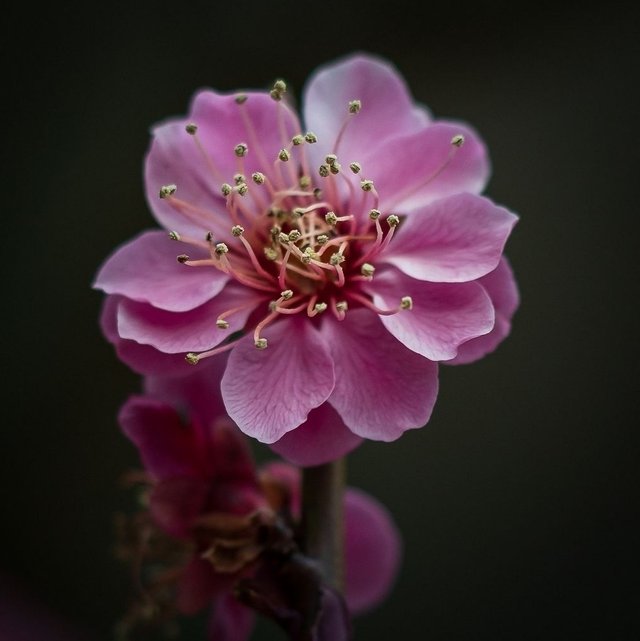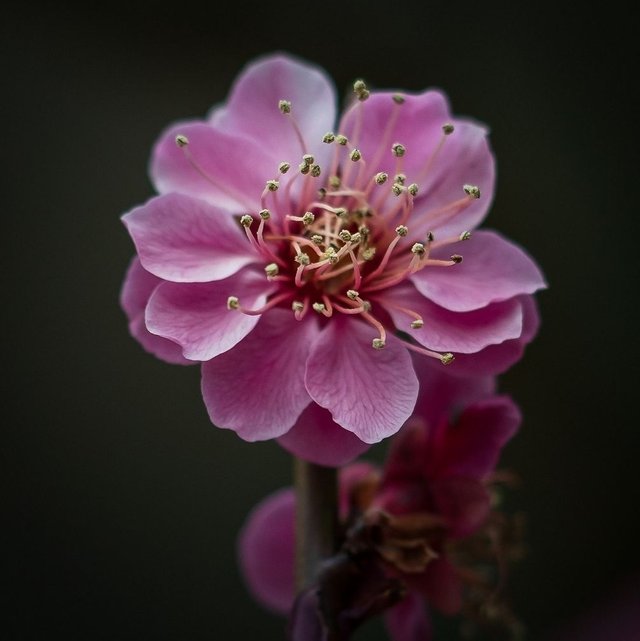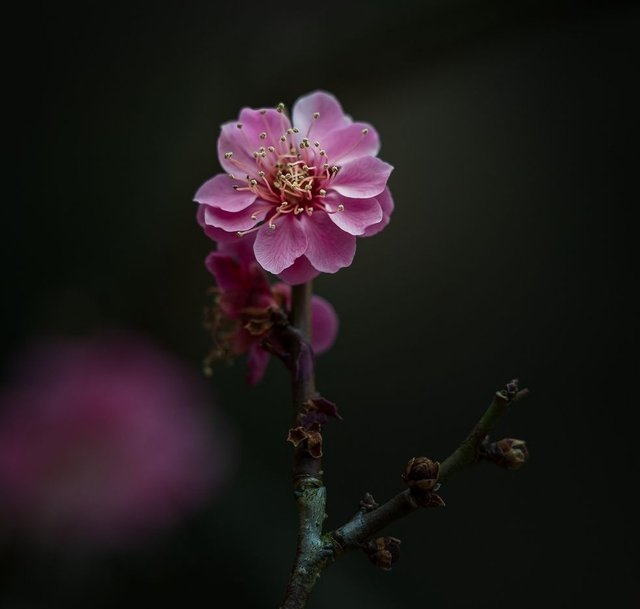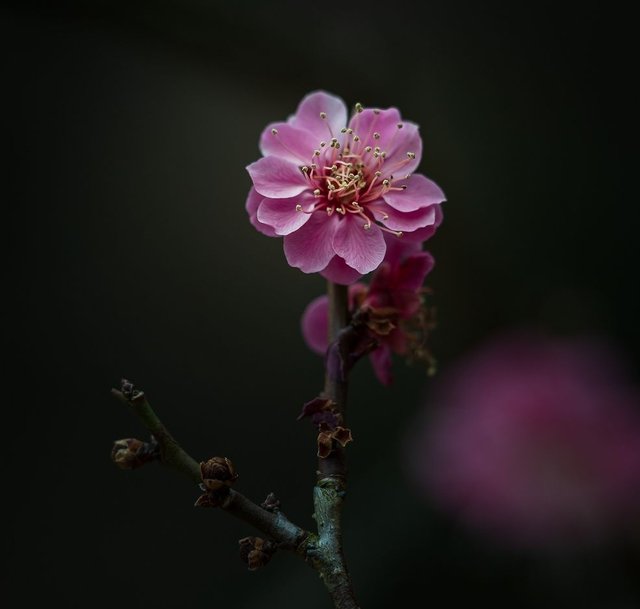Plum blossoms, with their delicate beauty and rich cultural significance, have captured the hearts and minds of people for centuries. These exquisite flowers, belonging to the Prunus genus, are celebrated in various cultures around the world, but perhaps most prominently in East Asia, particularly in China, Japan, and Korea. The plum blossom holds a special place in art, literature, and philosophy, symbolizing resilience, renewal, and the fleeting nature of life.
In China, the plum blossom, or "mei hua," is regarded as one of the "Three Friends of Winter," along with the pine and bamboo. This trio represents perseverance and strength in the face of adversity. The plum blossom's ability to bloom vibrantly even amidst the harsh winter conditions serves as a metaphor for the indomitable spirit of the Chinese people. In traditional Chinese painting, the plum blossom is a popular motif, often depicted alongside other elements of nature such as birds, rocks, and flowing water. Its elegant silhouette and subtle fragrance are captured in ink wash paintings, conveying a sense of tranquility and grace.
In Japan, the plum blossom, known as "ume," holds a similarly revered status. It is considered a symbol of endurance and vitality, as it blooms brightly in the cold months before spring. The Japanese have a long-standing tradition of hanami, or flower viewing, during which people gather to appreciate the beauty of plum blossoms, cherry blossoms, and other spring flowers. The plum blossom also features prominently in Japanese poetry, where it is celebrated for its simplicity and purity. One of the most famous haiku poets, Matsuo Basho, frequently wrote about plum blossoms, using them as a metaphor for the transience of life.
In Korea, the plum blossom, referred to as "maehwa," is cherished for its elegance and resilience. It is a common motif in Korean art and literature, symbolizing purity, integrity, and the endurance of the Korean spirit. The plum blossom is often depicted in traditional Korean paintings, ceramics, and textiles, where its delicate petals and twisting branches convey a sense of beauty and strength. Additionally, in Korean poetry and folk songs, the plum blossom is celebrated for its ability to bloom boldly against the backdrop of winter's chill, inspiring hope and perseverance.





Wowww really beautiful flower
Downvoting a post can decrease pending rewards and make it less visible. Common reasons:
Submit